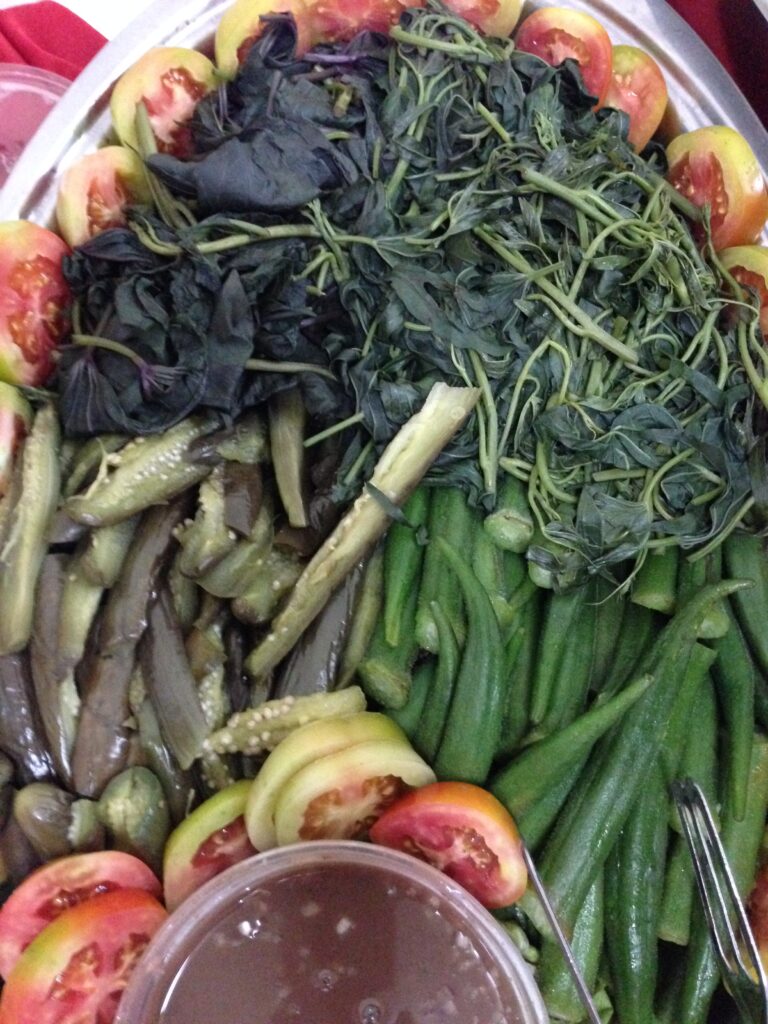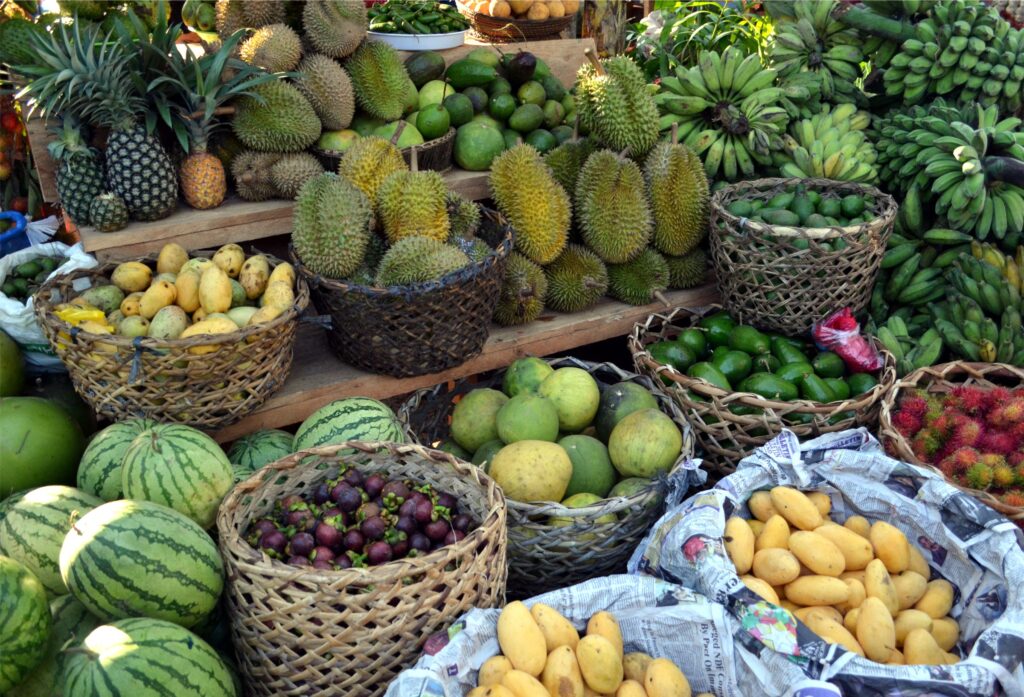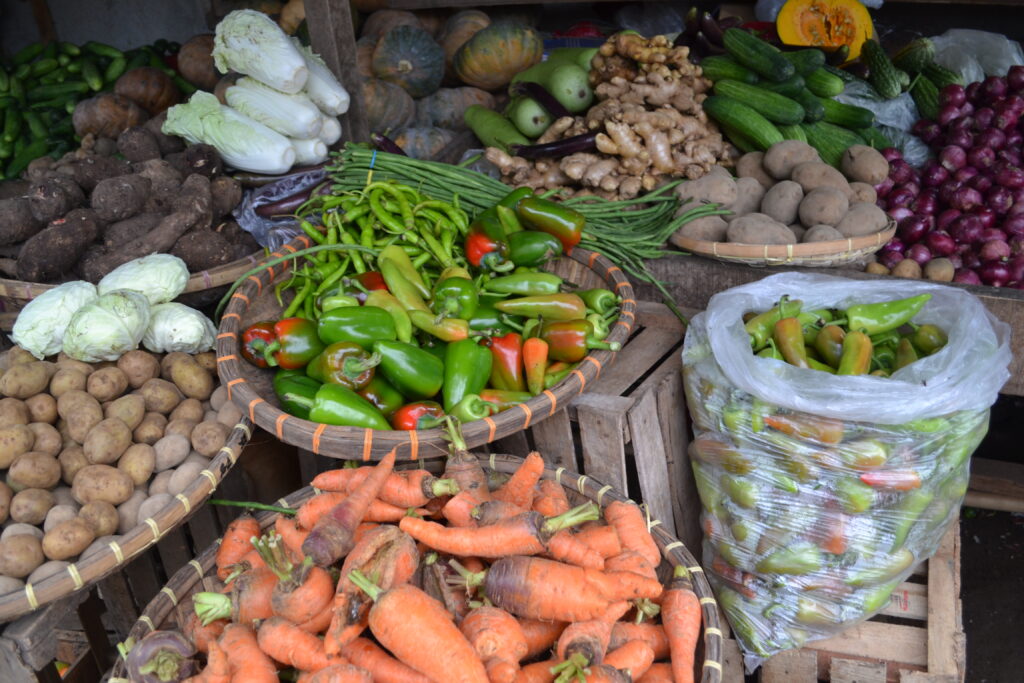Text and Photos by Henrylito D. Tacio
“Biotechnology represents one of the most exciting advances in the biological sciences in this century. It will become a driving economic force, helping to provide practical solutions to global problems of food supply, health care, energy, waste treatment, and industrial regeneration.” – Reuben Olembo, United Nations Environment Program
***
“There is a lot that happens around the world we cannot control,” American Congressman Jan Schakowsky once said. “We cannot stop earthquakes, we cannot prevent droughts, and we cannot prevent all conflict, but when we know where the hungry, the homeless and the sick exist, then we can help.”
These days, more Filipinos are hungry as ever.
Hunger is the physical sensation of desiring food. When politicians, relief workers, and social scientists talk about people suffering from hunger, they usually refer to those who are unable to eat sufficient food to meet their basic nutritional needs for sustained periods of time.
Is there a likely solution in sight for hunger? There is now one possible solution. “I now say that the world has the technology – either available or well advance in the research pipeline – to feed on a sustainable basis a population of 10 billion people,” Nobel Peace Prize winner Norman Borlaug pointed out. “The more pertinent question today is whether farmers and ranchers will be permitted to use this new technology?”
Dr. Borlaug touted to be the “Man Who Saved A Billion Lives,” was referring to biotechnology. “While the affluent nations can certainly afford to adopt ultra low-risk positions and pay more for food produced by the so-called ‘organic’ methods, the one billion chronically undernourished people of the low income, food-deficit nations cannot,” the American agronomist deplored.
Biotechnology, for the information of the uninformed, encompasses an array of tools and applications that allow scientists to manipulate the genetic materials of plants, microbes, and animals. These methods provide ways to modify the characteristics that are passed from one generation to the next.
Ismail Serageldin, during his time as vice-president of World Bank, sees biotechnology playing a crucial part of agriculture in the 21st century. “All possible tools that can help promote sustainable agriculture for food security must be marshaled,” he said, “and biotechnology, safely developed, could be a tremendous help.”
Biotechnology’s primary contribution to the agricultural sector will be to increase the actual amount of food that can be grown on the planet. The ultimate challenge now is how to produce enough food for the growing population.
“Population growth is going crazy,” pointed out Dr. Frank A. Shotkoski, the director of Agricultural Biotechnology Support Project II, during the regional workshop on biotechnology for media practitioners in Bogor, Indonesia. “From 2 billion in 1935, it doubled to 4 billion in 1975. By 2000, the world was home to 6 billion. In 2030, there will be about 8 billion people inhabiting this planet.”
It’s not only in the Philippines but throughout the world. “Population growth is going crazy,” deplored Dr. Frank A. Shotkoski, the director of Agricultural Biotechnology Support Project II. “From 2 billion in 1935, it doubled to 4 billion in 1975. By 2000, the world was home to 6 billion. In 2030, there will be about 8 billion people inhabiting this planet.”
Plus, there are the issues of climate change: rising temperatures and changing precipitation patterns. “Climate change is a major challenge for agriculture and food security,” said Dr. Randy A. Hautea, global coordinator and Southeast Asia Center Director of the International Service for the Acquisition of Agribiotech Applications (ISAAA).
The tools used in biotechnology include gene cloning, tissue culture, microbial culture, DNA-marker technology, and genetic engineering. The latter is the most controversial as it is the method used in developing genetically modified organisms (GMOs).

Fresh vegetable salad 
Bountiful Harvest 
Diversified crops
A GM/biotech or transgenic crop is a plant that has a novel combination of genetic material obtained through the use of modern biotechnology, according to a fact sheet circulated by the Southeast Asian Regional Center for Graduate Study and Research in Agriculture (SEARCA).
“GM technology can address problems that cannot be solved through conventional crop improvement methods,” the fact sheet informs. “It enables plant breeders to bring together in one plant useful genes from a wide range of sources, not just from within the crop species or closely related plants.
“This powerful tool allows plant breeders to attain a desired trait combination faster and address urgent concerns like the development of crops that are resistant to biotic (diseases and pests) or abiotic stresses (drought and waterlogging), and with increased yield and improved food and nutrient quality,” the fact sheet adds.
In 1994, Calgene’s delayed-ripening tomato became the first GM food crop to be produced and consumed in an industrialized country. In 1995, GM cotton and GM corn were subsequently commercialized. Also soon to be introduced in the country are the following: GM eggplant and vitamin A-rich golden rice.
But the question is: are transgenic crops safe to eat? “Foods produced using genetic modification are as safe as foods produced using conventional breeding techniques,” declares the US Food and Drug Administration. “Genetically modified foods are as safe as other foods available on the market.”
A 2008 review published by the Royal Society of Medicine noted that transgenic foods have been eaten by millions of people worldwide for over 15 years, with no reports of ill effects. Likewise, a 2004 report from the US National Academies of Sciences stated: “To date, no adverse health effects attributed to genetic engineering have been documented in the human population.”
The 2010 report of the European Commission Directorate-General for Research and Innovation on GMOs GMOs noted: “The main conclusion to be drawn from the efforts of more than 130 research projects, covering a period of more than 25 years of research, and involving more than 500 independent research groups, is that biotechnology, and in particular GMOs, are not per se more risky than conventional plant breeding technologies.”
But all is not rosy, however. “I believe that this kind of genetic modification takes mankind into realms that belong to God, and to God alone,” deplored Prince Charles in 1998.
Dr. Peter Wills, a theoretical biologist at Auckland University, agrees: “By transferring genes across species barriers which have existed for eons, we risk breaching natural thresholds against unexpected biological processes.”
“If the naysayers do manage to stop agricultural biotechnology, they might actually precipitate the famines and the crisis of global biodiversity they have been predicting for nearly 40 years,” Dr. Borlaug deplored.
One sage puts it in perspective: “A man who has enough food has several problems. A man without food has only one problem.” Or, as Horace puts it: “Only a stomach that rarely feels hungry scorns common things.”

